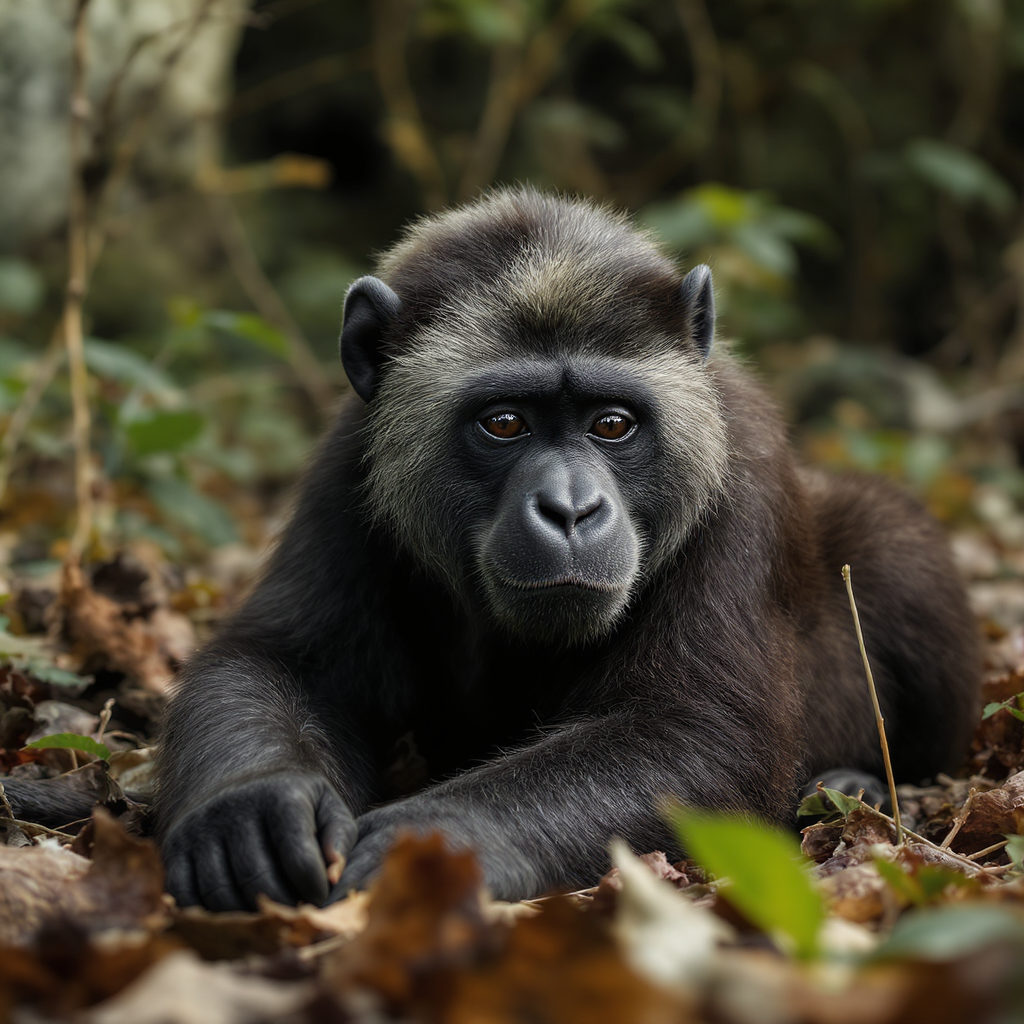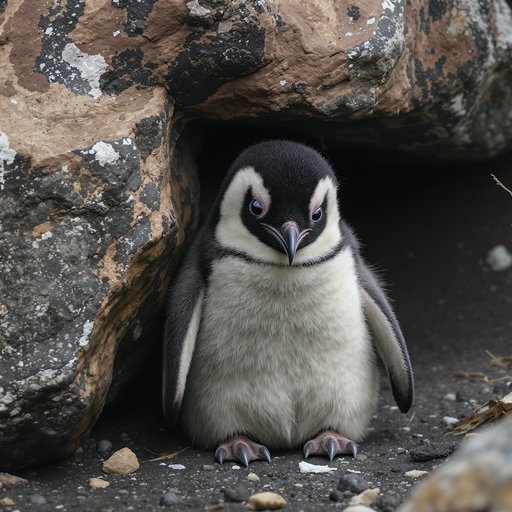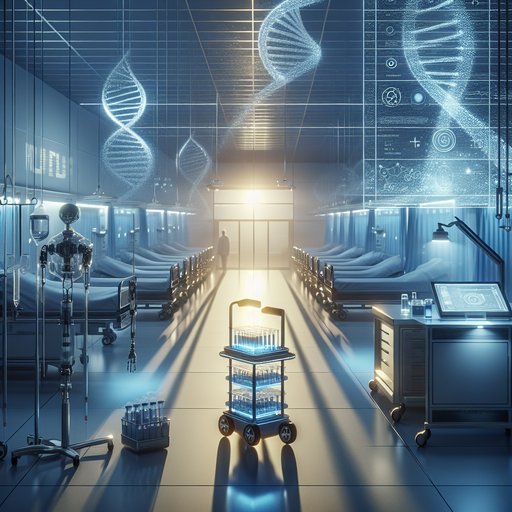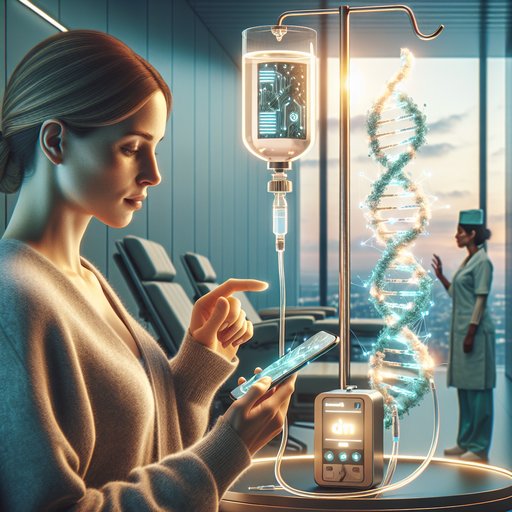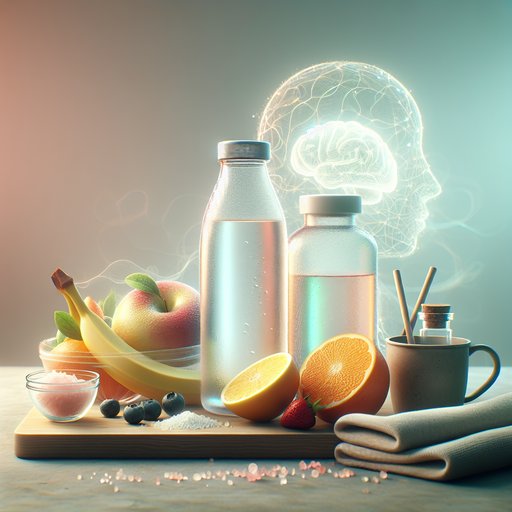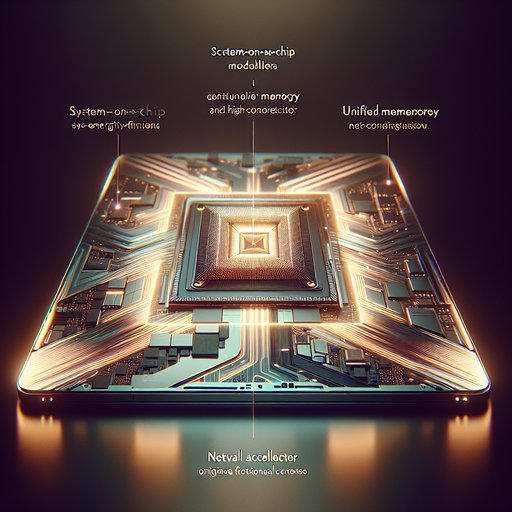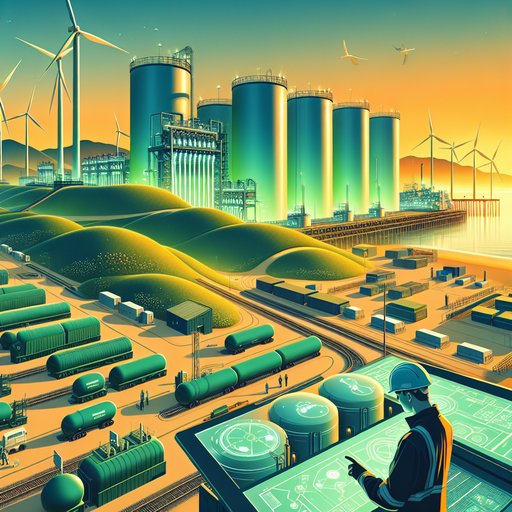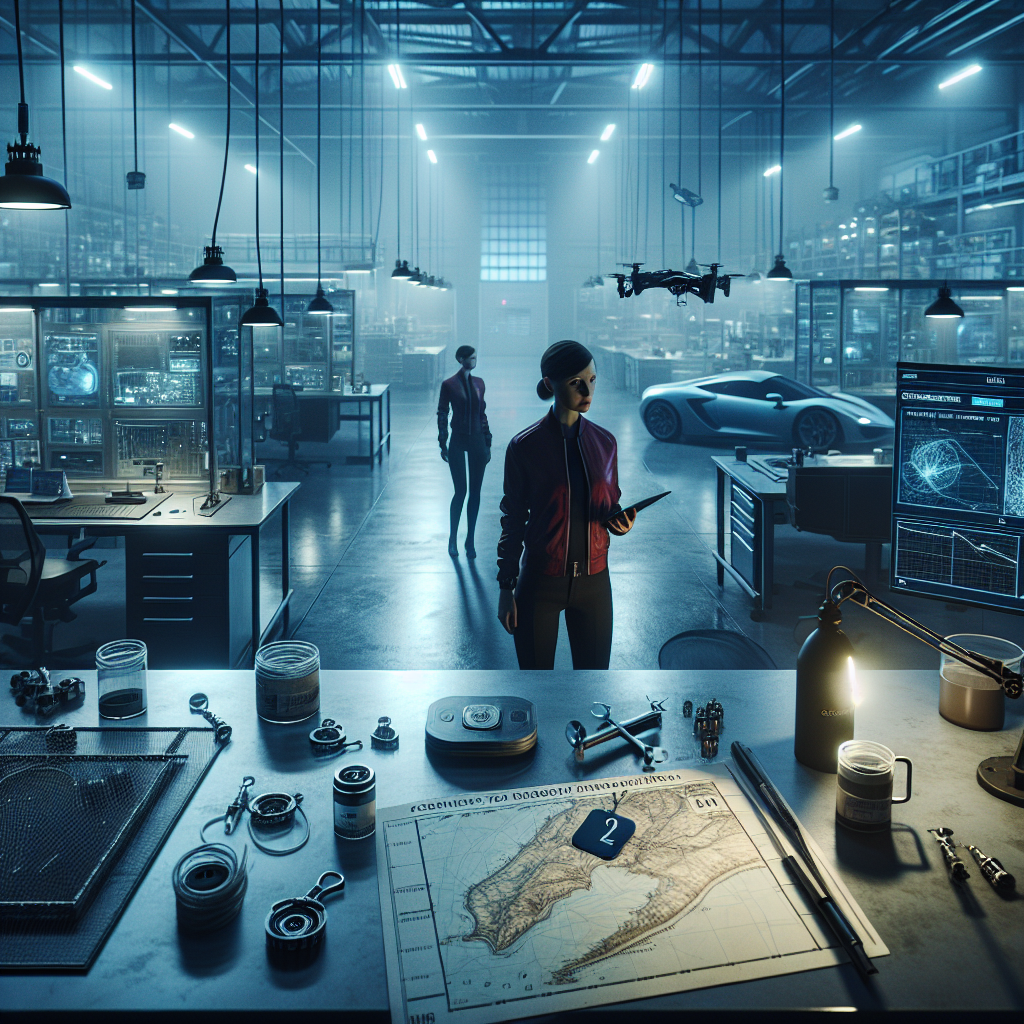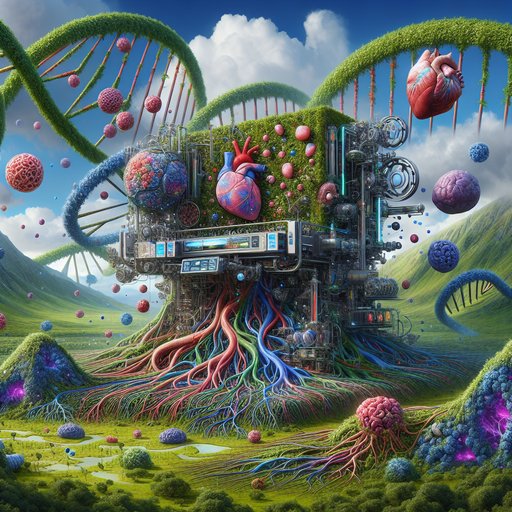 From the pages of science fiction, the world is witnessing an unprecedented leap into the unknown: organ printing and synthetic biology. Innovative minds are painting a future where organ donation lists and genetic disorders are problems of the past, replaced by a vibrant palette of biotechnology extending life, and potentially, our very understanding of existence.
From the pages of science fiction, the world is witnessing an unprecedented leap into the unknown: organ printing and synthetic biology. Innovative minds are painting a future where organ donation lists and genetic disorders are problems of the past, replaced by a vibrant palette of biotechnology extending life, and potentially, our very understanding of existence.
At the frontier of this epoch, organ printing and synthetic biology are blooming. Organ printing, a subfield of tissue engineering, involves building three-dimensional biological structures layer by layer. With the precision of inkjet printers, modified bioprinters eject cells patterned from patient samples, personalizing medicine like never before. The current chimeric organ, a kidney prototype, heralds a future where waiting lists for organ transplant aren’t constraints, but history.
Advancements in synthetic biology complement these strides. It's the discipline amalgamating biology and engineering — researchers alter existing organisms or construct new biological units from scratch. It means introducing beneficial properties like disease resistance, or constructing bacterial factories that excrete useful chemicals. The possibilities are tantalizing.
Complete organs printed to order, built from the patient's own cells, minimizing the risk of rejection. Crops that can withstand the harshest conditions, or bacteria engineered to clean up oil spills. The promises of this science are as diverse as life itself. Nonetheless, these groundbreaking technologies harbor both hope and trepidation.
They bear the promise to cure stubborn diseases, avert the crisis in organ donation, and solve looming environmental dilemmas. Yet, playing God with life's building blocks raises profound ethical, philosophical, and safety questions. Could we see an era where the wealthy bioengineer superior bodies and minds, widening societal chasms? Or could modified organisms escape containment, disrupting fragile ecosystems?
The Pandora's box of possibilities is simultaneously thrilling and terrifying. Ensuring benefits don't overshadow potential risks mandates tight regulations and public involvement. As these technologies mature, global dialogue on their use and regulation is vital. The ethical questions they raise become more pressing — whose life could be extended, whose disease eradicated, and who decides?
The convergence of organ printing and synthetic biology may sound like an echo from a distant future. While these technologies remain under development, they move closer to daily reality at an astonishing speed. The stories of ill patients and our ailing planet make urgent the establishment of regulations. An age where life itself becomes a designable entity is no longer a distant dream, but an imminent reality.
These emerging biotechnologies, with their promises and perils, truly represent the cutting edge of science. Their societal impact — a realm of longevity, environmental resilience, and protective measures against genetic diseases — marks a transformative era in human history.




